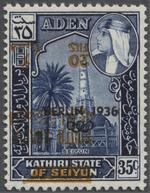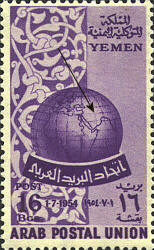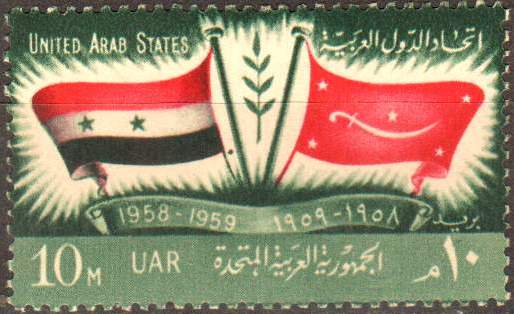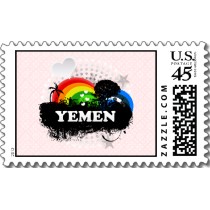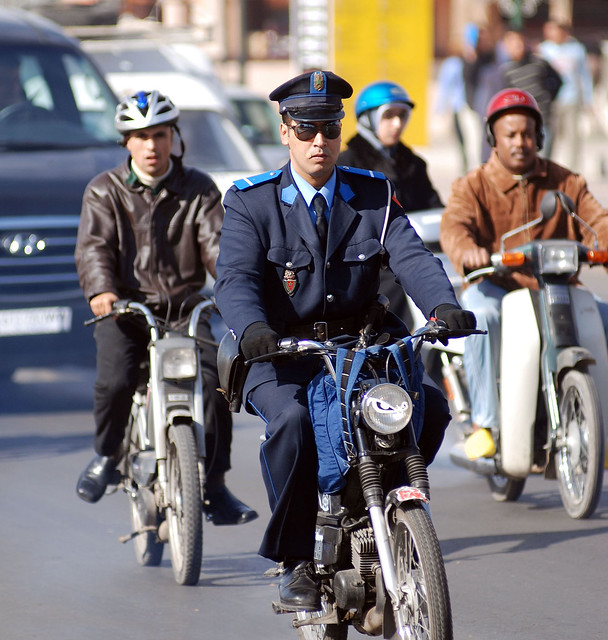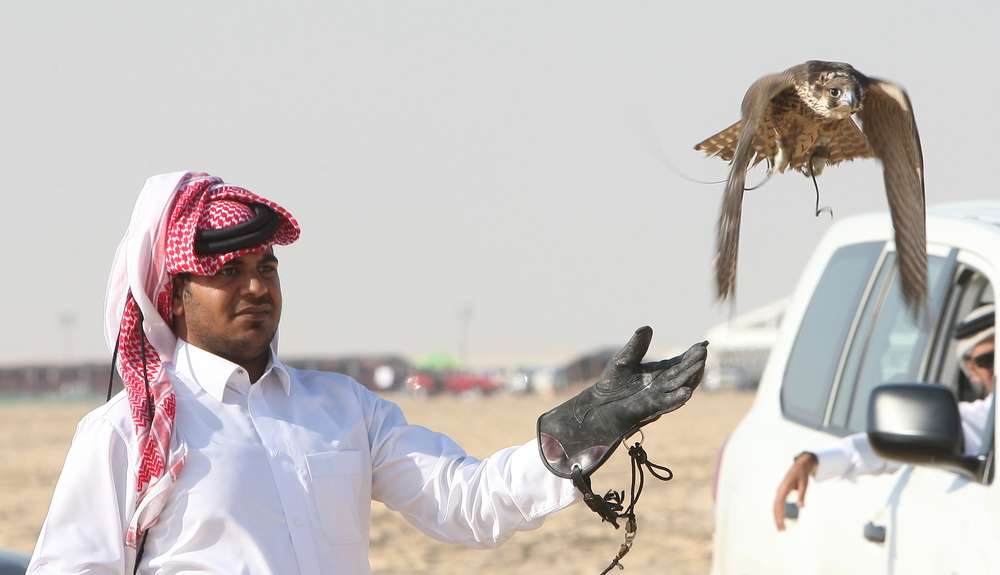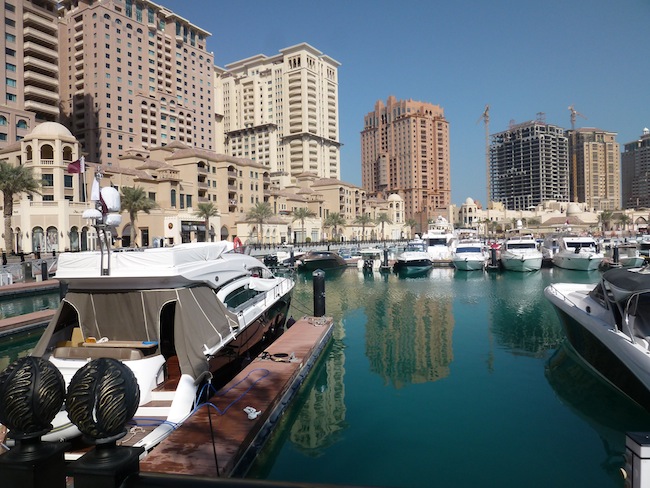Jenifer Fenton sent in this dispatch from Doha, looking at the results of a recent survey and asking wider questions about the future of migration and expat communities in the Gulf.
Qataris have little trust in Western expatriates, was the headline many in Qatar took away from newly published research.
On a scale from 0 to 10, with 0 representing no trust and 10 complete trust, Qataris gave Western expatriates a 3.6, the lowest trust rating of any group excluding migrant laborers. Qataris trust other nationals (rating of 8); and Arab expatriates to a lesser degree (6.1), according to the report From Fareej To Metropolis.
“What Qataris have expressed is not different from what other people have expressed in other countries... We tend to trust and like people who are like us regardless of who we are,” said Darwish Al Emadi, Director of the Social and Economic Survey Research Institute (SESRI) at Qatar University which published the report. “British trust British people more than they trust non-British.”
However, white-collar respondents displayed high trust in Qataris (7.4). Migrant workers did as well.
Al Emadi’s research also found that "The more you interact with people, the more you trust them."
Segregated Ghetto
But in Qatar there is the limited interaction between the country’s population groups, which includes nationals, white-collar workers mainly from the Arab and Western worlds, and laborers from South and Southeast Asia. The three groups live in parallel worlds divided by invisible barriers.
“Although we all live in the same community we are living in ghettos, social ghettos,” Al Emadi said. “The interaction between Qataris and all types of expats, even the Arab expats, is really just related to the work place. We hardly ever interact at the house level.”
The lack of interactions between nationals and white-collar workers seems more acute in Doha than in Dubai or Abu Dhabi in the United Arab Emirates because the segregation of housing is perhaps more pronounced. Neighborhoods in Qatar “largely define and structure social interaction,” according to the report.
The wealthier tier of expatriates lives in employer-provided or employer-supported housing likely to be villas and apartments. “Qataris tend to live in neighborhoods with detached high-fenced housing in predominately Qatari neighborhoods where extended family members tend to live.” This is their desire. About 97 percent of Qataris preferred having other Qataris as neighbors; less than one percent indicated a preference for low-paid migrant workers in their neighborhoods. Laborers live in migrant camps mainly located outside of the city center. Late last year Qatar banned labor accommodations in residential areas.
UAE Zayed University anthropologist Jane Bristol-Rhys agreed that Qatar’s neighborhoods are more segregated than many in the Emirates, but she objected to assumptions that these invisible boundaries are put there purposefully in either country.
“These places are melting pots. There are over 200 nationalities in the Emirates in addition to Emiratis. Are people going to tend to socialize in groups where they work? Yes. But Interaction is not necessarily limited to nationality groups,” according to Bristol-Rhys, who has spent almost a decade interviewing foreign workers and Emiratis about the issue.
Limited Social Arenas
There are limited, although growing, areas for social interaction outside of work. Majlis, a social meeting usually sex-segregated, is the main leisure activity of Qataris, according to the SESRI report. Unsurprisingly expatriates do not report majlis in the list of preferred social activities. Rather they are involved in schools, charities, clubs and sports.
The segregation between the sexes restricts inter-mingling. During a meal at a Qataris home, the men and women would normally dine separately. This is “something you are not used to and probably something that you don’t want to do,” said Al Emadi. “We don’t want to do it your way either. At the end of the day both parties don’t like to give in on what they think is the right way of interaction. So they end up having their own separate things.”
Qatari women are also restricted in their relationships with men. It would “not be comfortable, not be acceptable,” to “hang-out” with men outside of a work or a school environment, said Muna Mohammed, a young professional Qatari woman. Her two friends agreed. The three said, however, that they have more foreign friends and acquaintances than their parents or older generations do.
Social interaction between low-paid migrant workers and other groups are near non-existent. On meager salaries, they cannot afford leisure coffees, movies or even taxi rides into town. Even if they could muster-up the money, most work very long hours with few days off a month. Bachelors are also banned from Qatar’s malls on certain days because of “family-only days” policies.
However Bristol-Rhys said it is not clear that a great number of these migrant workers, who often come from small villages, even want to socialize with other groups.
Qataris and migrant workers, who are from different countries but whose circumstances are relatively similar, are fairly homogenous group; while the third social group of “professional” workers contains many subgroups from different cultural and socio-economic backgrounds.
Often there is limited interaction between these subgroups, between Arab and Western expatriates, according to Al Emadi. "We...tend to interact with people who are like us. Who speak our language, who behave like us, have more of our values and so on."
Bristol-Rhys is not sure she agreed that we like people who are like us and said there are other contributing factors that may increase isolation. “Some people are not good cultural travelers. Even though they may have a job working here (UAE), it may not suit their personality to want to get to know another language or culture or even to interact.”
A Minority In Their Country
Because of rapid growth and development Qatar and the other Gulf countries have a large migrant population. Some 1.8 million people live in Qatar, but only a few hundred thousand are citizens. The country has the highest global ration of migrants to citizens, according to the World Bank. The UAE ranks third. All of the Gulf countries are in the [top 30] (http://siteresources.worldbank.org/INTPROSPECTS/Resources/334934-1199807908806/Top10.pdf).
Twenty-five percent of respondents answered yes to “Are there too many expats in the UAE?” in a recent (unscientific) poll on The National's website (screenshot).
Debates about “too many foreigners,” “price of modernizing” and “preservation of national culture” are of course nothing new. Khalid Al Ameri, an Emirati commentator, wrote:
You can only imagine how strange it must be for people who have a hard time integrating into their own society. It would be frustrating for anyone, in his or her home country, to see the presence of indigenous culture dwindle.
It is also true that Qatar and the UAE need foreign workers to develop their countries. There are simply not enough nationals to do it. “We don’t have the knowledge, we don’t have the numbers,” Qatar University's Al Emadi said. It would be difficult to operate a single sector in the country without migrant workers. “If we wanted to run the hospital by ourselves, just Qataris, we probably could not do it. We don’t have enough nurses. We don’t have enough doctors.”
Lowly-paid migrant workers are not exclusive to the developing Gulf countries. “It seems like every country in the world has a population they don’t want to talk about that does the dirty work,” Bristol-Rhys said. There were successive waves of migrant groups to the United States who did the “crap” jobs no one else wanted to do - the Irish, the Jews and of course not forgetting enslaved blacks. “This is not uniquely a Gulf problem it just seems so just because of the sheer magnitude of it - because these (migrant) populations seriously outnumber the citizens.”
There is the argument that migrants to the U.S. and Europe can eventually become citizens of the nations in which they work, and this is something unlikely to happen in the Gulf anytime soon - if ever.
Path to citizenship?
If Qatar were to open up a greater path to citizenship, which is severely restricted and almost 100 percent hereditary, Qatari nationals feel they would become a minority with minority rights in their own country, Al Emadi said. Now Qataris are clearly the minority, but they are the ones with the greatest rights.
But migration to Gulf countries is done for different reasons than to the U.S. or Europe. “Are we beginning with the premise that all expatriates want to have Qatari or Emirati passport?,” Bristol-Rhys asked. Most people move to these countries to improve their lives at home, to put their children through schools, to buy a home or to fatten their pension funds. “Everyone who comes here knows this is not a place for immigration. This is not a place you would migrate to become a citizen."


